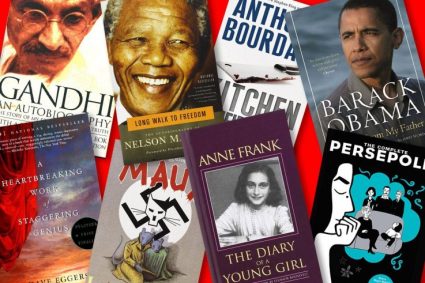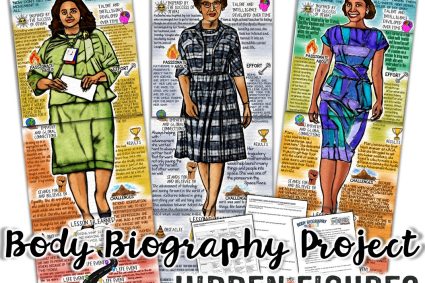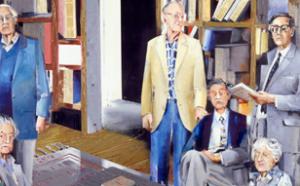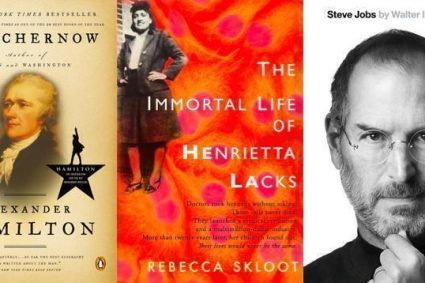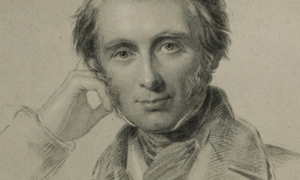“Guns, Germs, and Steel: Unraveling the Tapestry of Human History”

“Guns, Germs, and Steel” by Jared Diamond is a monumental work that seeks to unravel the intricate threads of human history, providing a compelling exploration into the factors that have shaped the destinies of societies around the globe. Diamond’s interdisciplinary approach weaves together geography, anthropology, and biology to elucidate the patterns that underlie the rise and fall of civilizations.
The book embarks on an ambitious journey through time, tracing the origins of inequality and societal development back to the very roots of human existence. Diamond challenges traditional narratives that attribute disparities in wealth and power to innate differences between human populations. Instead, he posits that environmental factors played a decisive role in the trajectory of human societies.
At the core of Diamond’s thesis lies the idea that geographic variations in climate, flora, and fauna bestowed certain regions with inherent advantages. Societies that had access to abundant plant and animal resources were able to develop agriculture, leading to surplus food production, larger populations, and the emergence of complex civilizations. The Fertile Crescent, with its rich biodiversity, becomes a crucible for the cultivation of crops and the domestication of animals, setting the stage for the development of advanced societies.
Diamond delves into the effects of this early agricultural advantage, exploring how it influenced the spread of technology, the formation of political structures, and the development of written language. The book further examines the collision of cultures during the age of exploration, where the asymmetrical distribution of germs, technological prowess, and military power determined the outcomes of encounters between the Old World and the New.
The title, “Guns, Germs, and Steel,” encapsulates the three major forces that Diamond identifies as driving historical processes. Guns represent military technologies, germs symbolize the impact of diseases on populations lacking immunity, and steel encompasses the broader technological advancements that enabled societies to dominate others.
In essence, Diamond’s work challenges readers to think critically about the forces that have shaped our world. By illuminating the interconnectedness of geography, biology, and culture, “Guns, Germs, and Steel” prompts a reevaluation of prevailing assumptions about human history. It serves as a thought-provoking exploration of the complex interplay of factors that have influenced the course of civilizations, offering readers a panoramic view of the grand tapestry of human existence.

